Hunter nature lovers have been asked to contribute to a citizen science project that aims to understand how extreme weather events are impacting on platypus habitat and population numbers.
The Australian Conservation Foundation has partnered with scientists from UNSW to update data about the elusive species.
Once commonly sighted within the Hunter catchment, the only reported sightings of platypus in recent decades have occurred at Wollombi and Barrington.
"The problem with the platypus is that because it comes out at night and it spends almost all of its time in the water, it's really hard to monitor and count and even just observe in terms of the behavioural character," UNSW scientist Dr Gilad Bino said.
"The problem is that we've assumed for a very long time that it's fine, it's kind of out of sight out of mind. But unfortunately, we're realising that that's not the case."
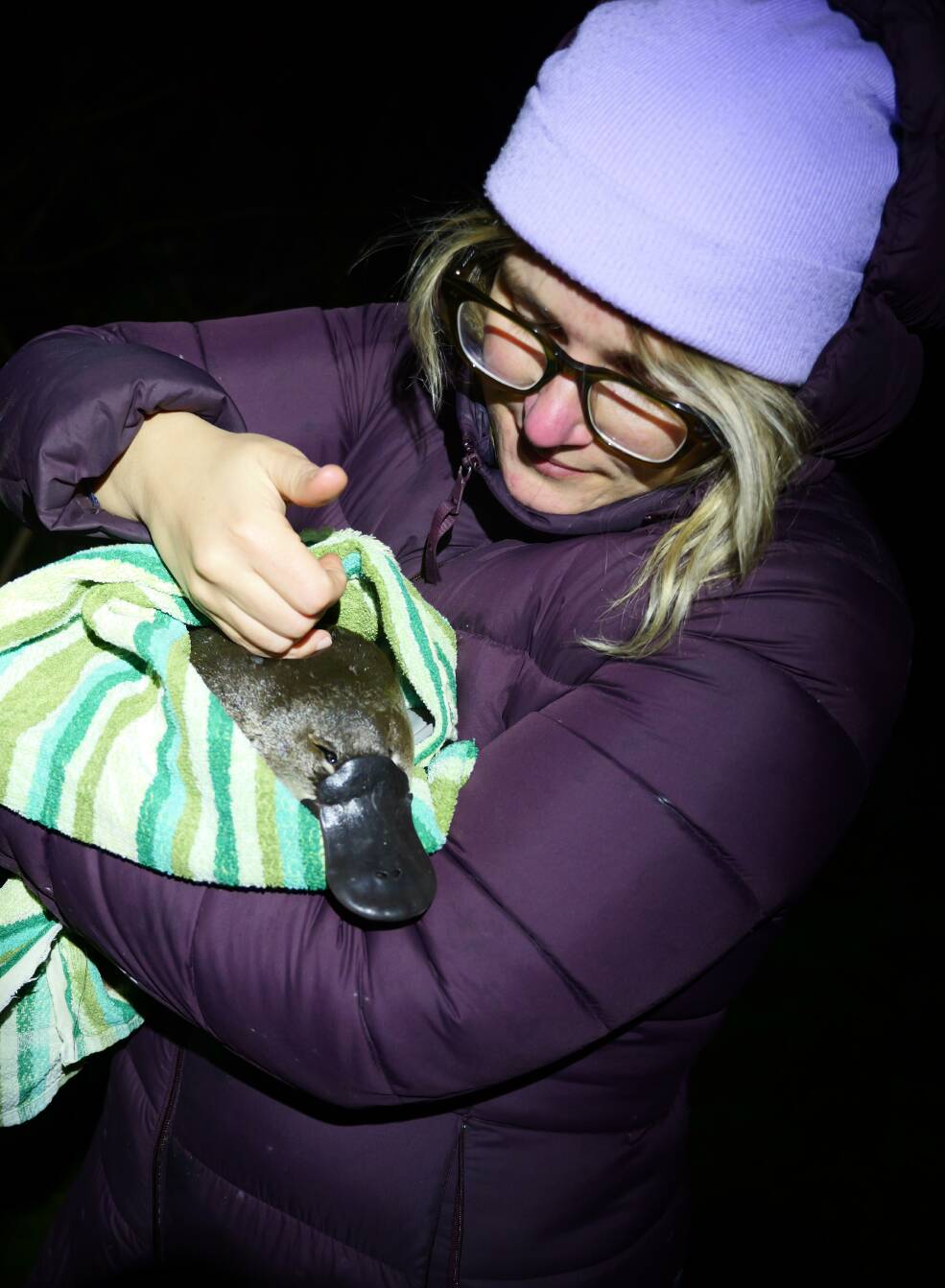
A survey is currently underway in the Manning River catchment on the state's north coast - an area which has been devastated by severe drought, the Black Summer bushfires and flooding.
Two male platypuses have been retrieved to date.
"It's just the start of the breeding season so everyone's really actively looking for mates. Hopefully these two males will be able to find females and breed with this year," Dr Bino said.
"It's been a really wet year. But it's good that the flooding has happened just before the breeding season. So that's encouraging and we're hoping for more good news while we keep surveying here."
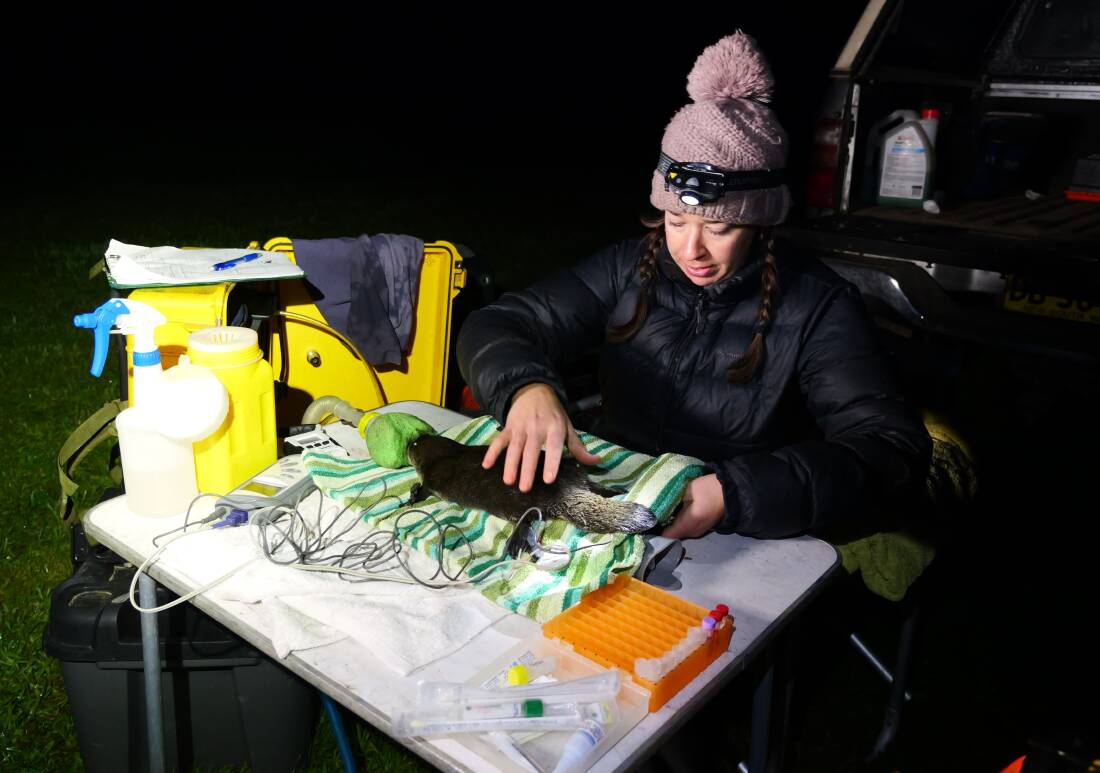

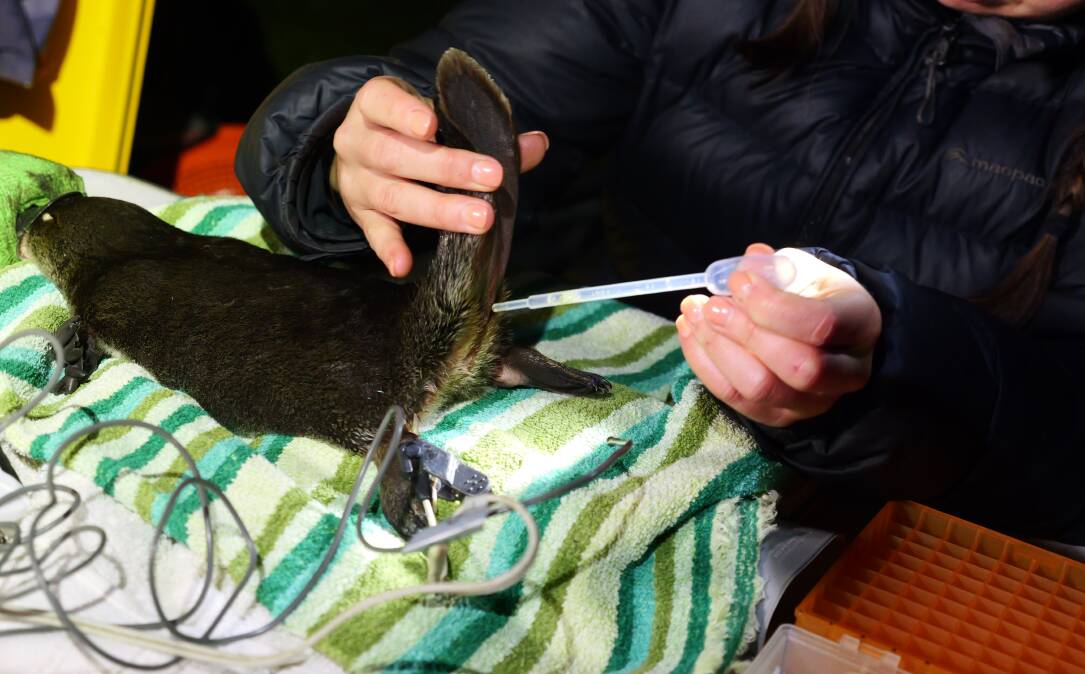

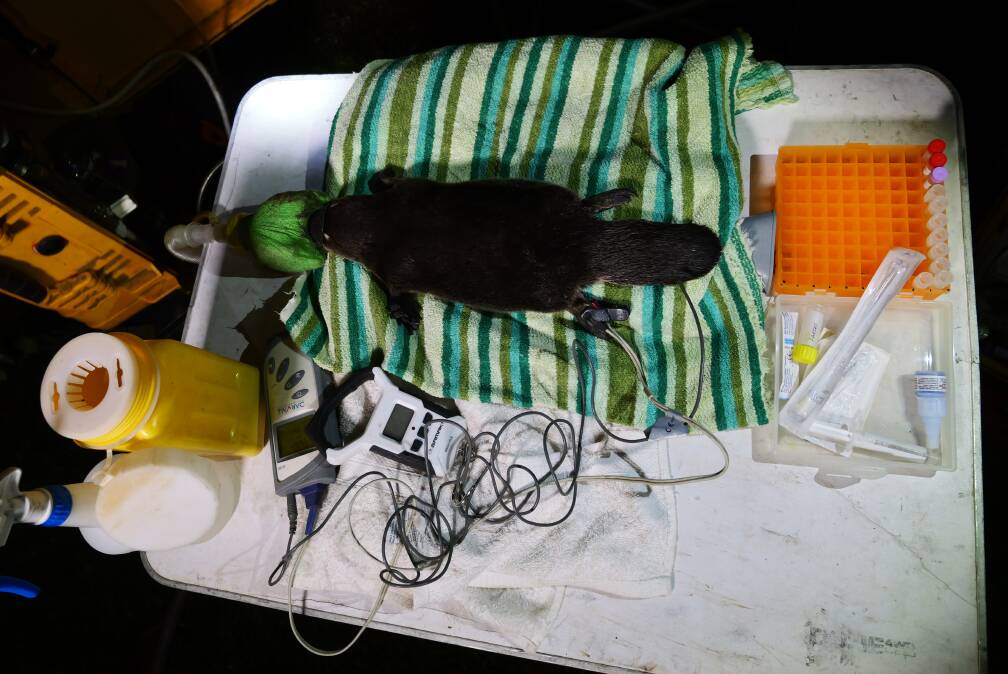




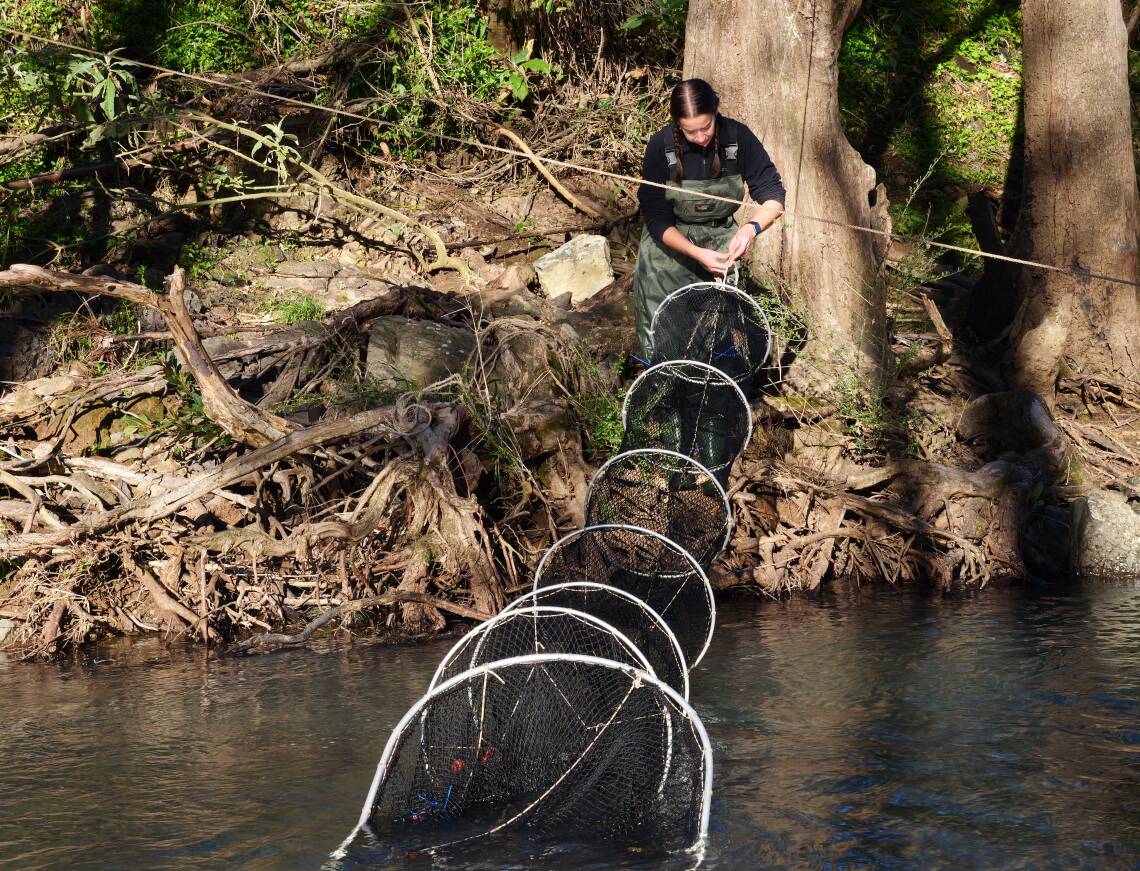
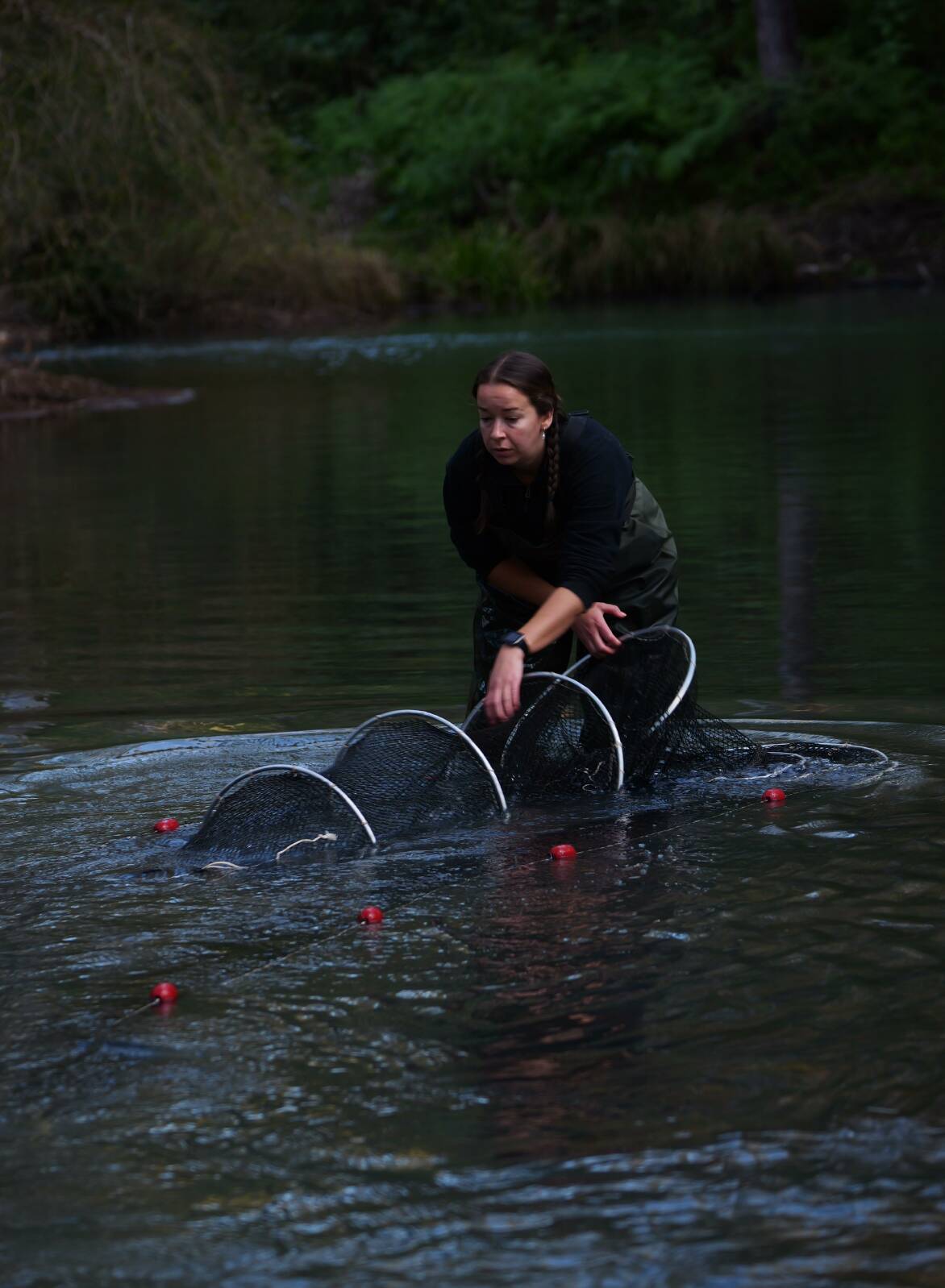
The biggest threats to platypus are extreme weather exacerbated by a changing climate, deforestation, polluted waterways and invasive species. Degraded waterways prevent the platypus from forming burrows.
Researchers believe a national platypus conservation plan, similar to a plan used to protect koalas, is needed to protect wild platypus populations from the impacts of extreme weather.
ACF and UNSW researchers have been working to gather the missing data the Threatened Species Scientific Committee says is needed to prove the platypus is threatened nationally.
Citizen scientists can record their platypus observations on a dedicated portal throughout September.
"This project allows the general public to participate in active conservation and monitoring of platypuses," Dr Bino said.
"You can report observations or create community events."







